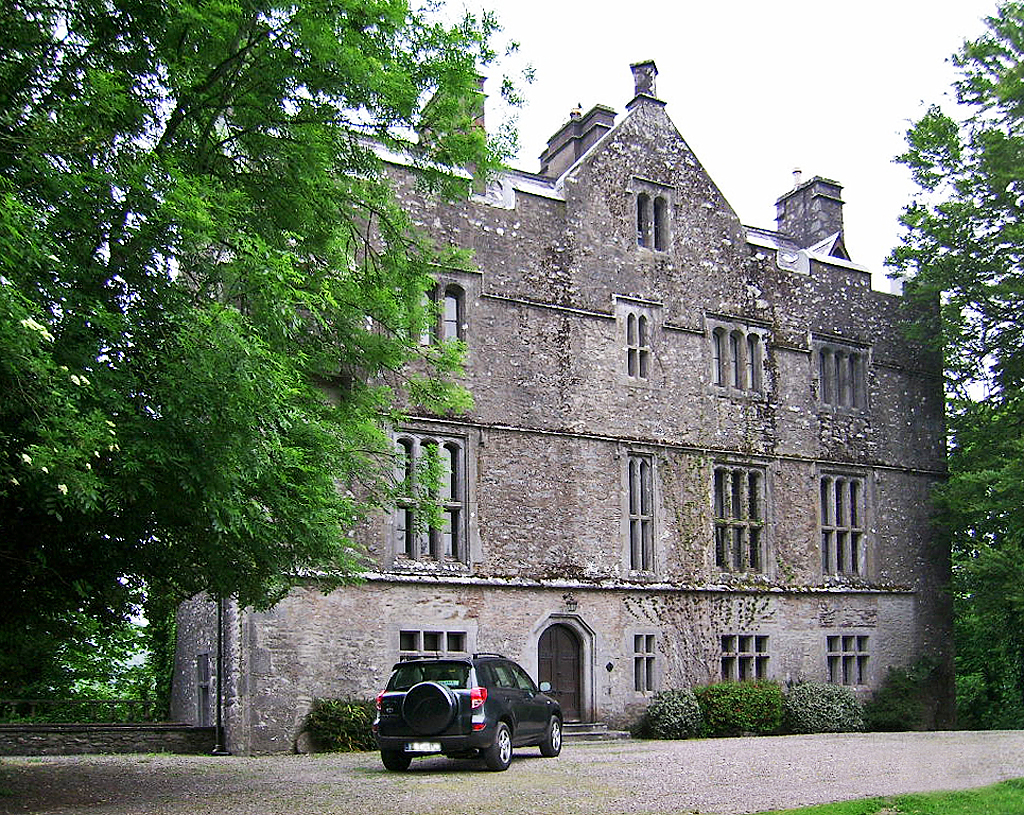Carrigrohane Castle on:
[Wikipedia]
[Google]
[Amazon]
 Carrigrohane Castle is located in the village of Carrigrohane, barony of Barretts in
Carrigrohane Castle is located in the village of Carrigrohane, barony of Barretts in
 Carrigrohane Castle is located in the village of Carrigrohane, barony of Barretts in
Carrigrohane Castle is located in the village of Carrigrohane, barony of Barretts in County Cork
County Cork () is the largest and the southernmost Counties of Ireland, county of Republic of Ireland, Ireland, named after the city of Cork (city), Cork, the state's second-largest city. It is in the Provinces of Ireland, province of Munster ...
, Ireland
Ireland (, ; ; Ulster Scots dialect, Ulster-Scots: ) is an island in the North Atlantic Ocean, in Northwestern Europe. Geopolitically, the island is divided between the Republic of Ireland (officially Names of the Irish state, named Irelan ...
. It is situated on a rocky cliff-edge which overlooks the River Lee
The River Lee () is a river in Ireland. It rises in the Shehy Mountains on the western border of County Cork and flows eastwards through Cork, where it splits in two for a short distance, creating an island on which Cork's city centre is b ...
.
History
The castle's original construction is attributed to the MacCarthy family. The castle became dilapidated in 1641 during theIrish Confederate Wars
The Irish Confederate Wars, took place from 1641 to 1653. It was the Irish theatre of the Wars of the Three Kingdoms, a series of civil wars in Kingdom of Ireland, Ireland, Kingdom of England, England and Kingdom of Scotland, Scotland, all then ...
. It was repaired thereafter and became the residence of the rapparee
Rapparees or raparees (from the Irish ''ropairí'', plural of ''ropaire'', whose primary meaning is "thruster, stabber", and by extension a wielder of the half-pike or pike), were Irish guerrilla fighters who operated on the Royalist side dur ...
, Captain Cape, and his bandits, who waylaid travellers, and plundered the surrounding countryside.
By the late 18th century it had fallen into ruin, and a mid-19th century description of the castle describes it as consisting of "two structures differentiated by age, altitude, bulk, and architecture - the larger and older of which is oblong, and three-storied". The castle was restored in the mid-19th century, reputedly by Thomas Newenham Deane
Sir Thomas Newenham Deane (1828 – 8 November 1899) was an Irish architect, the son of Sir Thomas Deane and Eliza Newenham, and the father of Sir Thomas Manly Deane. His father and son were also architects.
Works attributed to Thomas Newe ...
and Benjamin Woodward
Benjamin Woodward (16 November 1816 – 15 May 1861) was an Irish architect who, in partnership with Sir Thomas Newenham Deane, designed a number of buildings in Dublin, Cork and Oxford.
Life
Woodward was born in Tullamore, County Offaly, Ire ...
. Additional renovation works were undertaken in the 20th century, and the castle used as a family home from the late 20th century.
Geography
A cave at the base of the rock on which the ruin stands is believed by local residents to communicate with theOvens
file:Double oven.jpg, upA double oven
file:Four à céramique - Japan Auréa - 2011-0403- P1070446.JPG, A ceramic oven
An oven is a tool that is used to expose materials to a hot environment. Ovens contain a hollow chamber and provide a means o ...
caverns, away. A deep pool, called Hell's-Hole, overhung by limestone cliffs, and situated at a river bend above the castle site is imagined to be haunted by a "monstrous biped, having a mane like a horse, and a body like an eel".
See also
*List of castles in the Republic of Ireland
This List of Castles in Ireland, be they in Northern Ireland (United Kingdom) or in the Republic of Ireland, is organised by county within their respective jurisdiction.
Republic of Ireland
County Carlow
:
County Cavan
:
County Clare
...
Sources
*References
{{DEFAULTSORT:Carrigrohane Castle Castles in County Cork MacCarthy dynasty